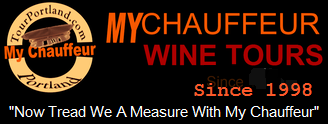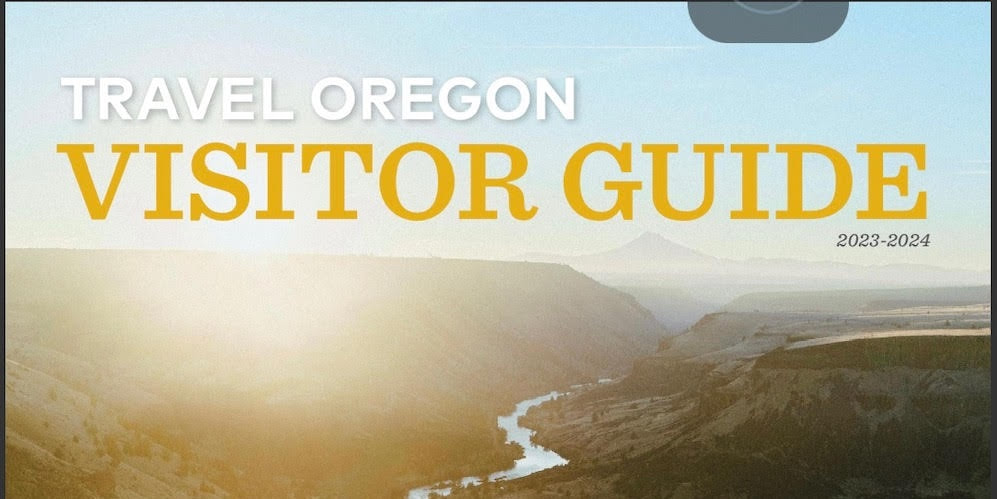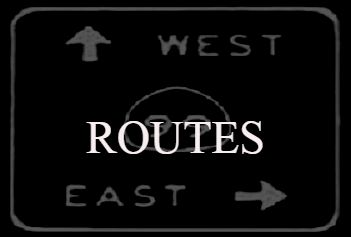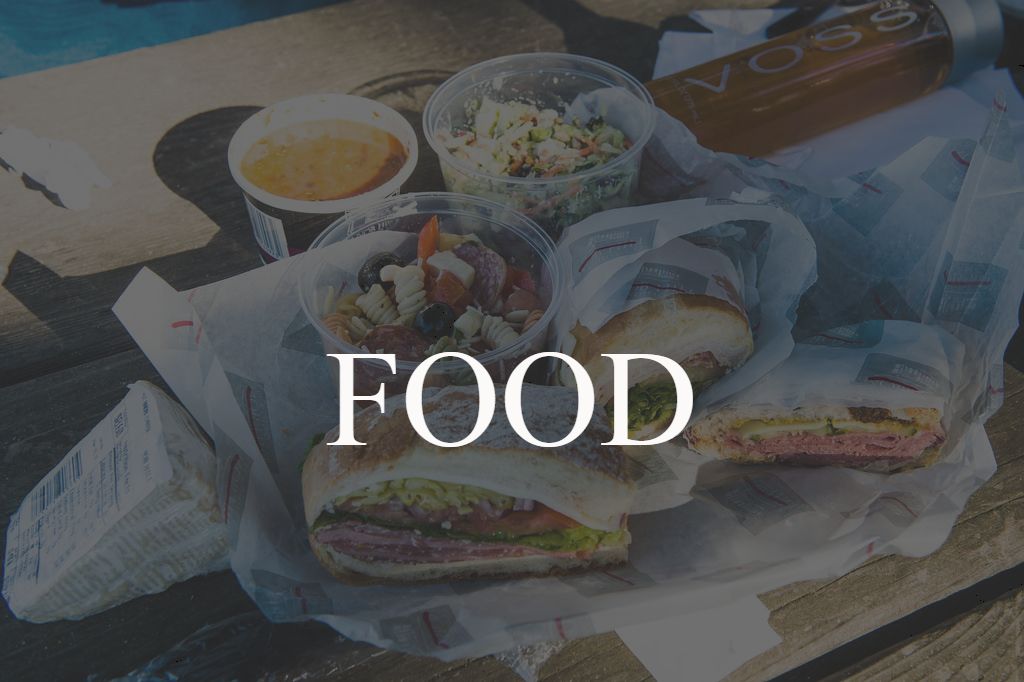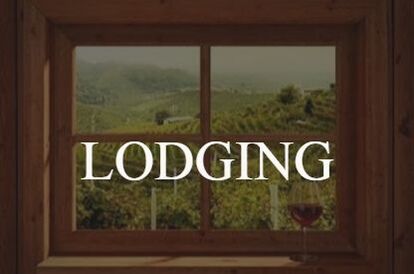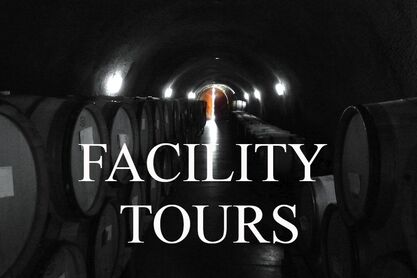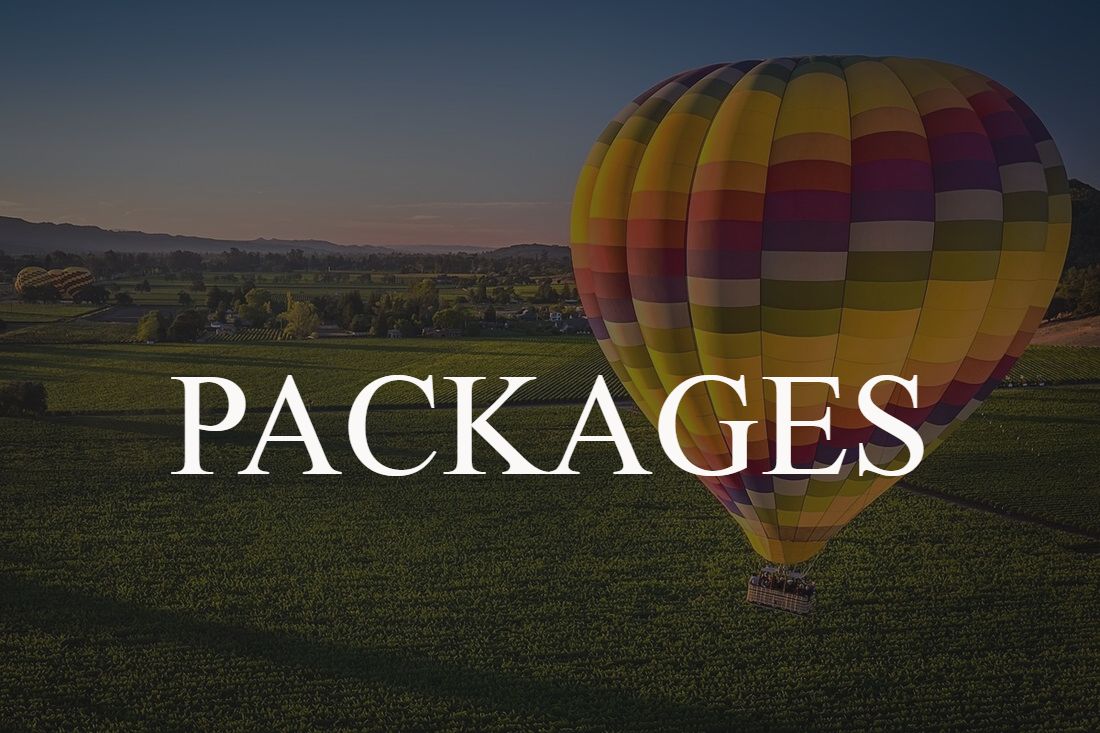Harvest Time
Countdown to Harvest
'Every year, by the time Labor day comes and goes, we start to anxiously count down the days to harvest. Depending on what the weather is like, it may be with excitement or nervousness, because “September makes the vintage” as the French like to say.
The beginning of September will see the start of the grape harvest in Oregon, in the Southern Willamette Valley and Umpqua and Rogue Valley wine regions. As the weeks go by, other regions to the north will follow suit, with harvest going on through mid- to late-October. In the N Willamette Valley, the harvests will begin in mid-September and go on into the first weeks of October. The date of harvest can usually be predicted by counting 100 days from the date of the flowering of the vine, so winegrowers have a fairly good idea when they will take place. Except in very unusual years (like 1898, 1928, 1941, 1981, 1994, 2009 & 2015-2017 with their famous heat waves), the harvest takes place at roughly the same time each year, give or take a week or two.
The harvest (les vendanges in French, la vendemmia in Italian) is an exciting time, when the vineyards are bustling with activity and trucks brimming with ripe grapes are brought into the wineries for the beginning of vinification. But prior to harvest, there is much to do to prepare for this all-important event, the culmination of an entire year of work and anticipation.
In the final months prior to harvest, winegrowers take a number of steps to ensure that the grapes reach optimum ripeness and concentration. July is the time of the "green harvest," when grape bunches that have less of a chance of ripening well are cut off and left on the ground to allow those that remain to benefit more from the photosynthesis of the plant. The idea is to have fewer bunches, but more concentration of sugar and flavor in those bunches: quality versus quantity.
In August, excess foliage is often trimmed off, once again to concentrate the plant's efforts on the grapes. Leaves are thinned to better expose the grapes to the sun (usually on the east side to better benefit from the morning sun), and to allow good ventilation to avoid the development of fungus and rot.
Several weeks before the harvest, the winery must be thoroughly cleaned, to ensure an excellent level of hygiene during the vinification process and eliminate (as much as possible) the presence of bacteria or "bad" yeasts (like brettanomyces) that could produce bad tastes or spoilage of the wine. In places like the Willamette Valley (like Bordeaux, Burgundy or Tuscany), large oak vats are used for fermentation and must be thoroughly cleaned, sulfured (to kill bacteria). They are then filled with water for a time to allow the dry oak to swell (otherwise there could be leaks, since the boards are held together only by the metal rings encircling them). All equipment must be tested to make sure it's in good working order: temperature control, pumps, crusher/destemmer machines, presses, etc.
In the days leading up to the harvest, grape samples are taken at numerous places in the vineyard and then analyzed to measure sugar and acidity levels and maturity pf polyphenols (skins and pips). In France, members of the local winemakers' unions meet to decide when to post the "ban des vendanges" the date after which the harvest may commence in their appellation. Publicly posting this date ensures minimum levels of quality, preventing hasty winegrowers from harvesting grapes that are not yet truly ripe. In Oregon, each winemaker determines for themselves harvest time.
There is often parties or festivals held (check out our events page) to celebrate the harvest time - these festivities allow the general public to participate in the anticipation and excitement of harvest time.
When sugar and acidity levels are ideal and skins and pips are ripe, the harvest can begin. Wine estates call in their grape pickers, who are "on call" waiting for the telephone to ring to report for work. The entire staff of the estate swings into action to bring in the grapes at optimum ripeness, before rain or rot can arrive to ruin the crop. White grapes are immediately pressed, and red ones go into tanks to start maceration and fermentation. The new vintage is about to be born.
'Every year, by the time Labor day comes and goes, we start to anxiously count down the days to harvest. Depending on what the weather is like, it may be with excitement or nervousness, because “September makes the vintage” as the French like to say.
The beginning of September will see the start of the grape harvest in Oregon, in the Southern Willamette Valley and Umpqua and Rogue Valley wine regions. As the weeks go by, other regions to the north will follow suit, with harvest going on through mid- to late-October. In the N Willamette Valley, the harvests will begin in mid-September and go on into the first weeks of October. The date of harvest can usually be predicted by counting 100 days from the date of the flowering of the vine, so winegrowers have a fairly good idea when they will take place. Except in very unusual years (like 1898, 1928, 1941, 1981, 1994, 2009 & 2015-2017 with their famous heat waves), the harvest takes place at roughly the same time each year, give or take a week or two.
The harvest (les vendanges in French, la vendemmia in Italian) is an exciting time, when the vineyards are bustling with activity and trucks brimming with ripe grapes are brought into the wineries for the beginning of vinification. But prior to harvest, there is much to do to prepare for this all-important event, the culmination of an entire year of work and anticipation.
In the final months prior to harvest, winegrowers take a number of steps to ensure that the grapes reach optimum ripeness and concentration. July is the time of the "green harvest," when grape bunches that have less of a chance of ripening well are cut off and left on the ground to allow those that remain to benefit more from the photosynthesis of the plant. The idea is to have fewer bunches, but more concentration of sugar and flavor in those bunches: quality versus quantity.
In August, excess foliage is often trimmed off, once again to concentrate the plant's efforts on the grapes. Leaves are thinned to better expose the grapes to the sun (usually on the east side to better benefit from the morning sun), and to allow good ventilation to avoid the development of fungus and rot.
Several weeks before the harvest, the winery must be thoroughly cleaned, to ensure an excellent level of hygiene during the vinification process and eliminate (as much as possible) the presence of bacteria or "bad" yeasts (like brettanomyces) that could produce bad tastes or spoilage of the wine. In places like the Willamette Valley (like Bordeaux, Burgundy or Tuscany), large oak vats are used for fermentation and must be thoroughly cleaned, sulfured (to kill bacteria). They are then filled with water for a time to allow the dry oak to swell (otherwise there could be leaks, since the boards are held together only by the metal rings encircling them). All equipment must be tested to make sure it's in good working order: temperature control, pumps, crusher/destemmer machines, presses, etc.
In the days leading up to the harvest, grape samples are taken at numerous places in the vineyard and then analyzed to measure sugar and acidity levels and maturity pf polyphenols (skins and pips). In France, members of the local winemakers' unions meet to decide when to post the "ban des vendanges" the date after which the harvest may commence in their appellation. Publicly posting this date ensures minimum levels of quality, preventing hasty winegrowers from harvesting grapes that are not yet truly ripe. In Oregon, each winemaker determines for themselves harvest time.
There is often parties or festivals held (check out our events page) to celebrate the harvest time - these festivities allow the general public to participate in the anticipation and excitement of harvest time.
When sugar and acidity levels are ideal and skins and pips are ripe, the harvest can begin. Wine estates call in their grape pickers, who are "on call" waiting for the telephone to ring to report for work. The entire staff of the estate swings into action to bring in the grapes at optimum ripeness, before rain or rot can arrive to ruin the crop. White grapes are immediately pressed, and red ones go into tanks to start maceration and fermentation. The new vintage is about to be born.
Experience the Grape Harvest with My Chauffeur
Grape harvest is the most exciting time to visit wine country. For Willamette Valley winegrowers, fall harvest is all-consuming, unpredictable, and intoxicating. It’s go time for winemakers, too, rushing fruit into fermentation at peak ripeness, surrounded by forklifts, destemmers, and barrel steamers. This froth of hard labor is often hidden from tasting room patrons—unless, say, you’re on a tour with us.
Here are three examples you can immerse yourself in the season of celebration with My Chauffeur.
Grape harvest is the most exciting time to visit wine country. For Willamette Valley winegrowers, fall harvest is all-consuming, unpredictable, and intoxicating. It’s go time for winemakers, too, rushing fruit into fermentation at peak ripeness, surrounded by forklifts, destemmers, and barrel steamers. This froth of hard labor is often hidden from tasting room patrons—unless, say, you’re on a tour with us.
Here are three examples you can immerse yourself in the season of celebration with My Chauffeur.
|
1. Harvest "Crush Lunches"
Hosted throughout Harvest, this family-style luncheon, prepared by wine country wineries or caterers, showcases the bounty of the Pacific Northwest's Willamette Valley. Mouthwatering new Craft Sandwiches, Vintner's Lunches, Wine Taster's Survival Boxes, Salads & much more are here to tempt you for lunch. Red Hills Market in Dundee or Ingallina's are a perfect places to order a meal with family, friends or co-workers.. Read More about lunches » |

Author: Rmjelley
|
2. Estate Tour & Tasting
Take a moveable feast across wine country properties with their Estate Tour & Tasting. These journeys feature food and wine pairings, nibbling on fresh produce, strolling through the winery’s gardens and/or tasting grapes off the vine—as long as you visit before the fruit is picked. Read More about facility tours »
Take a moveable feast across wine country properties with their Estate Tour & Tasting. These journeys feature food and wine pairings, nibbling on fresh produce, strolling through the winery’s gardens and/or tasting grapes off the vine—as long as you visit before the fruit is picked. Read More about facility tours »
|
3. Labor Day & other Harvest events
Crush Games, Special Wine Releases, Food Pairings, Live Music, Owl Release Parties, Bargains, Guest Winemakers, Complimentary Tastings, Harvest Lunches & if your there at the right time, you can sample freshly picked grapes, or juice straight from the wine press. Read More & check the events » |

Author: Roland.h.bueb
|
